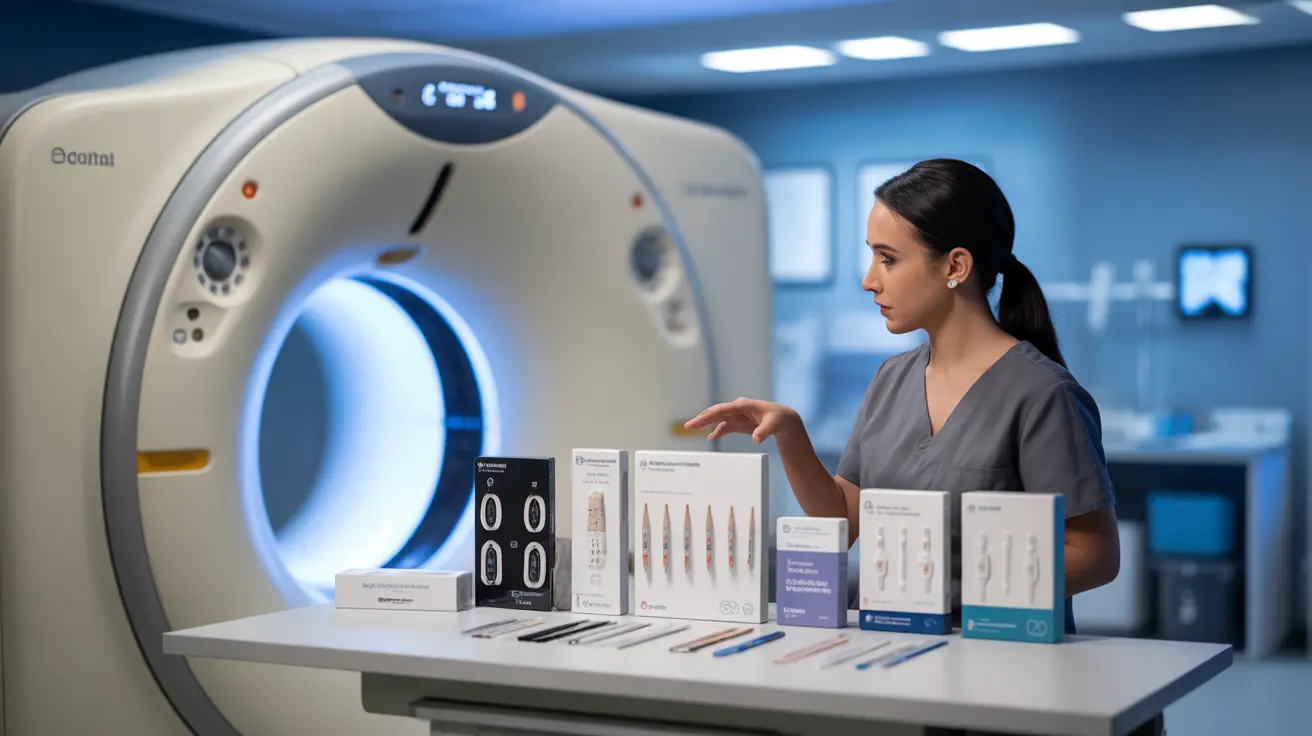The rise of at-home medical testing has led many people to wonder about the possibility of screening for lung cancer from the comfort of their homes. While the concept of convenient lung cancer testing is appealing, it's crucial to understand the capabilities and limitations of various screening methods, both at-home and clinical.
This comprehensive guide explores the current state of lung cancer testing, comparing at-home options with professional medical screening, and helps you understand when to seek professional medical evaluation.
Understanding At-Home Lung Cancer Testing Options
At-home lung cancer testing currently exists in several forms, though their reliability and accuracy vary significantly. These tests typically fall into two main categories: biomarker tests and symptom assessment tools.
Biomarker Testing Kits
Some at-home kits claim to detect specific proteins or other biomarkers associated with lung cancer through blood, saliva, or urine samples. However, these tests are not yet FDA-approved for diagnosing lung cancer and should not be relied upon as standalone diagnostic tools.
Symptom Assessment Tools
Various mobile apps and online questionnaires help users track potential lung cancer symptoms. While these can be useful for monitoring changes in health, they cannot diagnose cancer and should only serve as preliminary screening tools.
Professional Lung Cancer Screening Methods
Medical professionals use several proven methods to detect and diagnose lung cancer accurately:
- Low-dose CT (LDCT) scans
- Chest X-rays
- Sputum cytology
- Bronchoscopy
- Tissue biopsies
These clinical tests provide significantly more reliable results than any currently available at-home options.
The Importance of Professional Medical Evaluation
Regular screening through appropriate medical channels is crucial for individuals at high risk for lung cancer. Risk factors that warrant professional screening include:
- History of heavy smoking
- Family history of lung cancer
- Exposure to certain environmental toxins
- Age (typically 55-80 years)
- Occupational exposure to carcinogens
When to Seek Medical Attention
Certain symptoms should prompt immediate medical consultation, regardless of at-home test results:
- Persistent cough
- Chest pain
- Shortness of breath
- Unexplained weight loss
- Coughing up blood
Frequently Asked Questions
Can lung cancer be accurately detected using an at-home test?
Currently, no at-home test can accurately diagnose lung cancer. While some tests may detect certain biomarkers, these results must be confirmed through professional medical evaluation and approved diagnostic procedures like CT scans or biopsies.
What are the risks of relying on at-home lung cancer screening tests?
The primary risks include false positives leading to unnecessary anxiety, false negatives resulting in delayed diagnosis, and a false sense of security that might prevent people from seeking proper medical screening when needed.
How do at-home lung cancer tests compare to clinical tests like CT scans or biopsies?
Clinical tests like CT scans and biopsies are far more accurate and reliable than any available at-home testing options. These professional diagnostic tools can detect cancer at earlier stages and provide detailed information about the location and extent of potential tumors.
Who should get screened for lung cancer with professional imaging tests?
Professional lung cancer screening is recommended for adults aged 55-80 who have a significant smoking history (30 pack-years or more), currently smoke, or have quit within the past 15 years. Others with risk factors should consult their healthcare provider about appropriate screening schedules.
What should I do if an at-home lung cancer test result is positive or unclear?
If you receive a positive or unclear result from an at-home test, schedule an appointment with your healthcare provider immediately. They can properly evaluate your symptoms and risk factors and order appropriate diagnostic tests if necessary.
Remember, early detection of lung cancer significantly improves treatment outcomes, making it crucial to rely on proven medical screening methods rather than unproven at-home alternatives.




